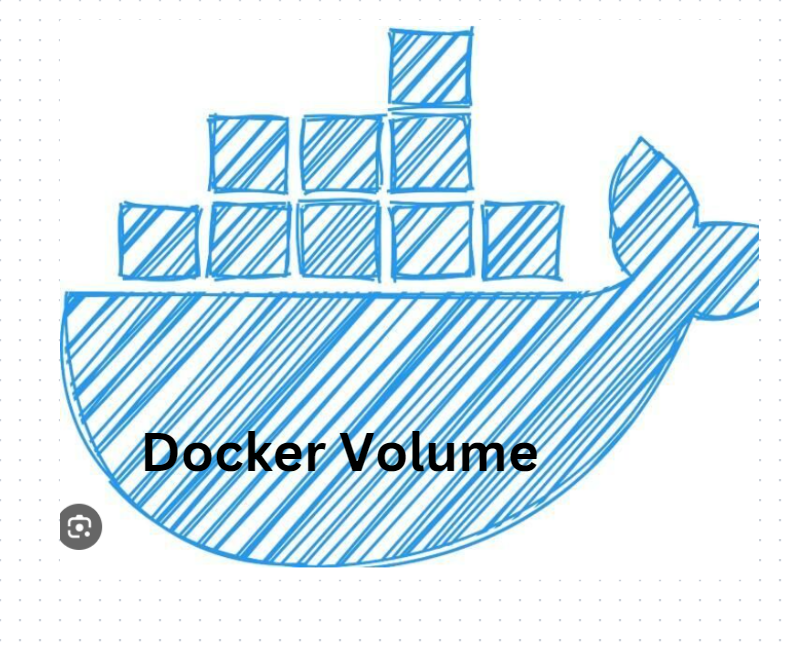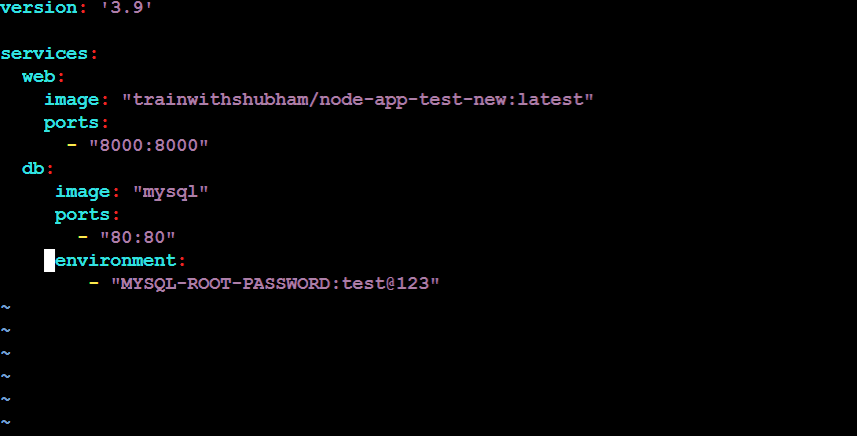Day 19 Task: Docker for DevOps Engineers
 Agnes jadhav
Agnes jadhav
Docker-Volume
Docker allows you to create something called volumes. Volumes are like separate storage areas that can be accessed by containers. They allow you to store data, like a database, outside the container, so it doesn't get deleted when the container is deleted. You can also mount from the same volume and create more containers having the same data.
Docker Network
Docker allows you to create virtual spaces called networks, where you can connect multiple containers (small packages that hold all the necessary files for a specific application to run) together. This way, the containers can communicate with each other and with the host machine (the computer on which the Docker is installed). When we run a container, it has its own storage space that is only accessible by that specific container. If we want to share that storage space with other containers, we can't do that.
Task-1
Create a multi-container docker-compose file that will bring UP and bring DOWN containers in a single shot ( Example - Create application and database container )

- Use the
docker-compose upcommand with the-dflag to start a multi-container application in detached mode.
- Use the

- Use the
docker-compose scalecommand to increase or decrease the number of replicas for a specific service. You can also addreplicasin deployment file for auto-scaling.

- Use the
docker-compose pscommand to view the status of all containers, anddocker-compose logsto view the logs of a specific service.


- Use the docker-compose down command to stop and remove all containers, networks, and volumes associated with the application.

Task-2
Learn how to use Docker Volumes and Named Volumes to share files and directories between multiple containers.

The command listed below will make sure that the container image has the shared volume mounted.

Verify that the data is the same in all containers by using the docker exec command to run commands inside each container.

Use the docker volume ls command to list all volumes

The docker volume rm command to remove the volume when you're done.
Thank you for reading!
Happy Learning!
Subscribe to my newsletter
Read articles from Agnes jadhav directly inside your inbox. Subscribe to the newsletter, and don't miss out.
Written by

